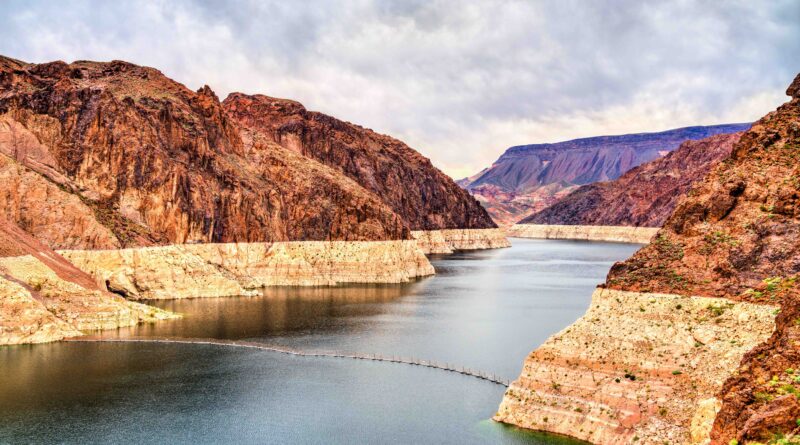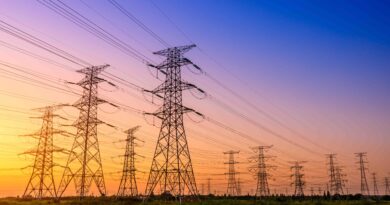UCLA Researchers Release Critical Analysis on Colorado River Basin
According to a new report by University of California, Los Angeles (UCLA) and the Natural Resources Defense Council, states across the Colorado River Basin are squandering a critical opportunity to ease the region’s historic water crisis.
The analysis revealed just 26% of treated municipal wastewater is reused across the seven states that depend on the river, which supplies water to more than 40 million people. While Arizona and Nevada recycle more than half of their wastewater, others — California, Colorado, Utah, New Mexico and Wyoming — are behind, with several recycling less than 4%.
“We’re facing a hotter, drier future, and we need to pursue water recycling aggressively if we’re going to ensure a sustainable, resilient water supply for the Colorado Basin,” said author Noah Garrison, a water researcher at UCLA’s Institute of the Environment and Sustainability. “Even recycling 40% of our wastewater could make a dramatic difference, and we have two states already above 50%, showing this is an entirely feasible solution.”
According to the UCLA Newsroom, The researchers analyzed 2022 data from publicly owned treatment works processing more than 1 million gallons per day across the seven basin states. They found significant disparities: Nevada reused 85% of its treated wastewater, followed by Arizona at 52%. California — the region’s largest wastewater producer — recycled only 22%, despite setting ambitious recycled water goals in 2009 and having the strongest water reuse regulations in the nation. New Mexico reused 18%, Colorado 3.6%, Wyoming 3.3% and Utah trailed significantly with less than 1%.
The four states in the upper basin collectively recycled under 5% of assessed wastewater. “This is a striking divide,” said author Mark Gold, director of Water Scarcity Solutions at the Natural Resources Defense Council and a UCLA adjunct professor. “The river is over-allocated by up to 4 million acre-feet a year, and state reductions can be less difficult with expanded water recycling offsetting river demands. But this can’t happen without major federal and state investments.”



